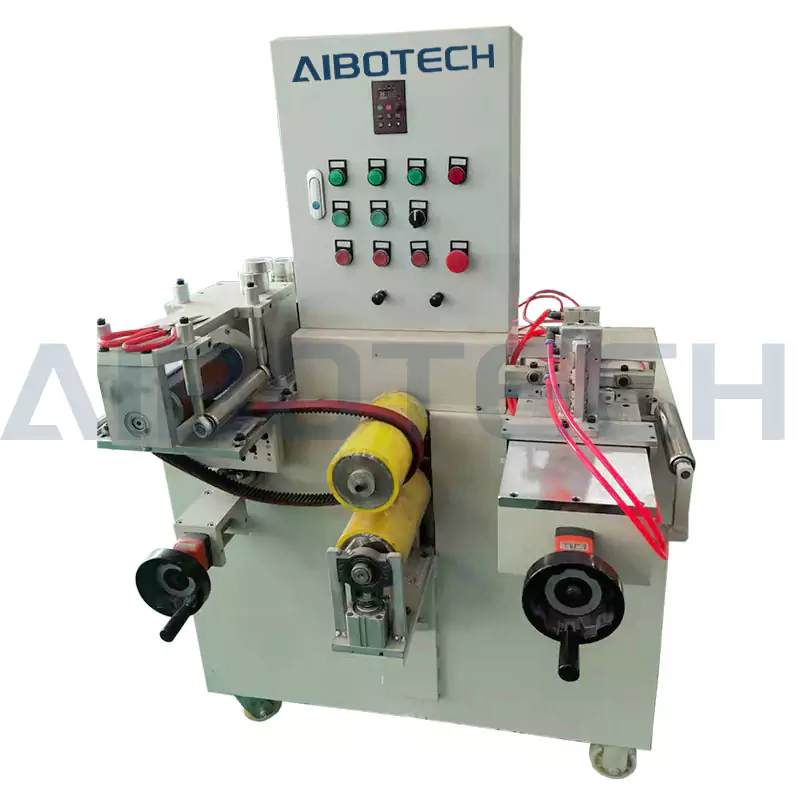Machine Details Images
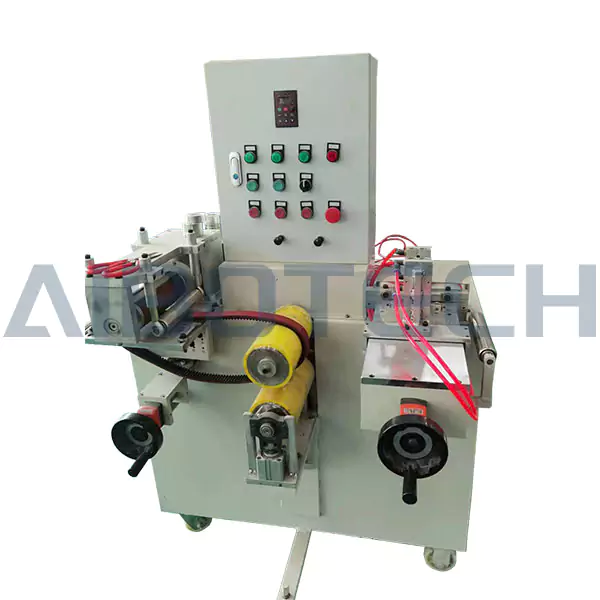 Entire Machine
Entire Machine Electrical Part
Electrical Part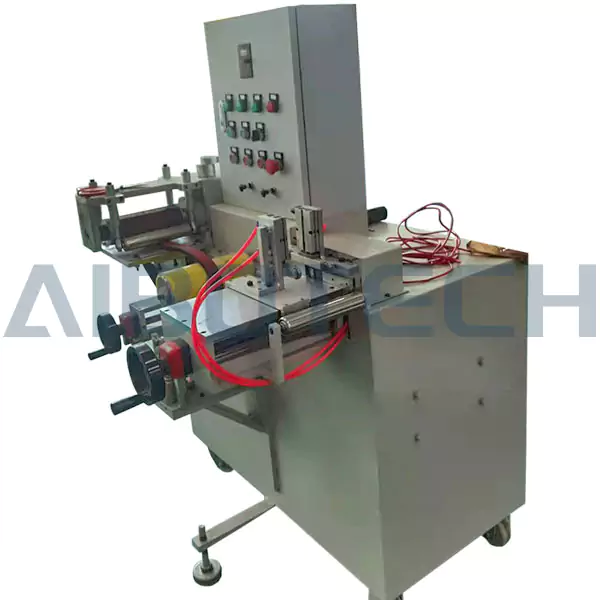 Machine Side
Machine Side Entrance
Entrance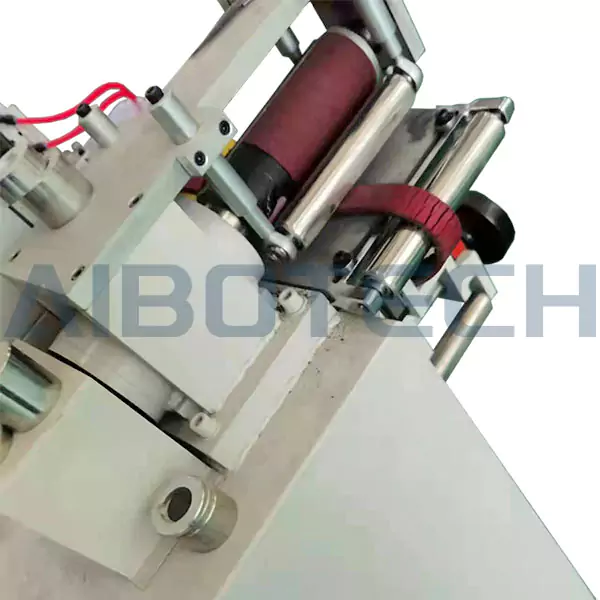 Belt Clamp and Belt Grinder
Belt Clamp and Belt GrinderMachine Accessories Images
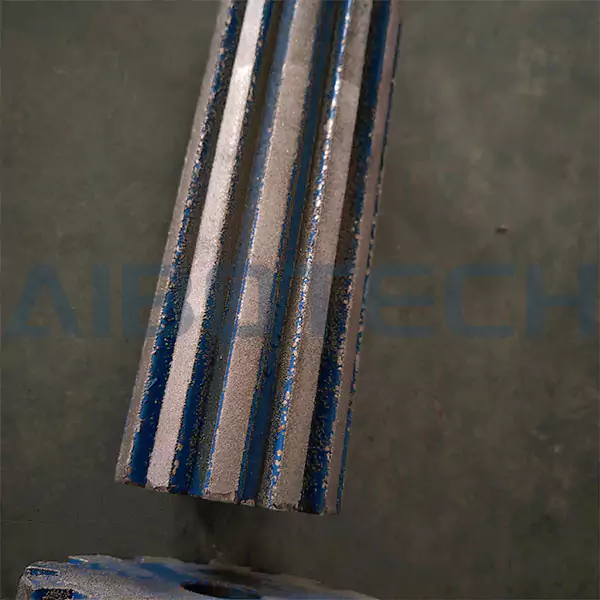 Surface Grinder
Surface Grinder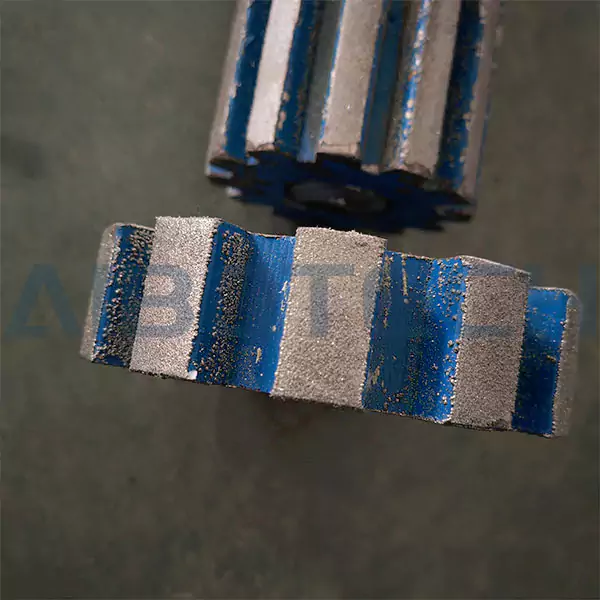 Edge Grinder
Edge Grinder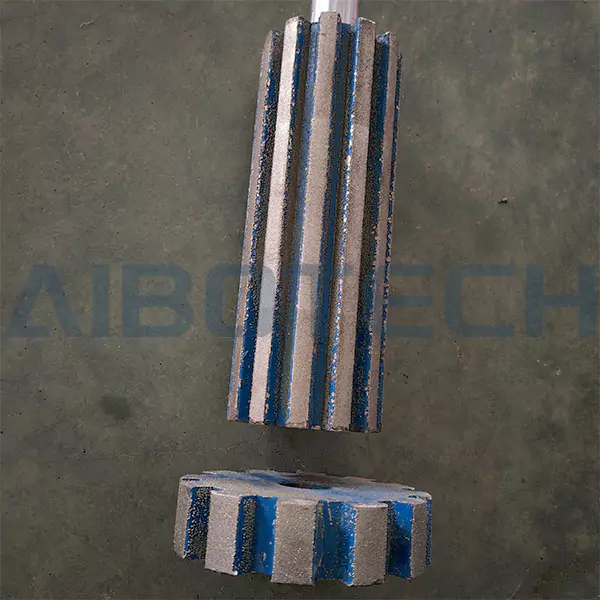 Entire Grinder
Entire GrinderAppreciation of Timing Belts



The function of edge grinding
1.Reduce edge wear
Timing belts may come into contact with guide rails, baffles, or other mechanical components during operation, and sharp edges are prone to friction and wear. Smooth edges after grinding, reducing frictional resistance and avoiding fiber delamination or cracking at the edges.
2.Prevent chip shedding
Unpolished edges may generate debris due to long-term friction, contaminate equipment, or get stuck in meshing areas. Grinding edges can reduce such risks.
3.Improve meshing accuracy
For high-precision transmissions such as robots and CNC machine tools, edge grinding can ensure that there is no interference between the belt teeth and the belt wheel during meshing, resulting in smoother operation.
The role of grinding (surface treatment)
1.Enhance anti adhesion
Grinding treatment can reduce the adhesion of foreign objects (such as dust and oil stains) on the surface of the belt in humid, dusty, or oily environments, avoiding slipping or accelerated wear.
2.Improve friction coefficient
Some working conditions require specific friction characteristics (such as anti-static and high friction transmission), and the surface roughness of the grinding surface can be adjusted to meet the requirements.
3.Remove burrs
After the synchronous belt is formed, there may be small burrs on the surface. Grinding can prevent burrs from damaging the pulley or other components.
Why do we need to do edge grinding and surface grinding?
High speed transmission: Grinding reduces air resistance and edge vibration, and grinding reduces noise during high-speed operation.
Strict environment: In industries such as food processing and pharmaceuticals, grinding edges and surfaces can meet hygiene requirements (easy to clean, residue free).
Long lifespan requirements: such as automated production lines, significantly extending the replacement cycle of synchronous belts through polishing treatment.
Coating Work: Treat the surface of the belt in preparation for applying adhesive to the belt.
